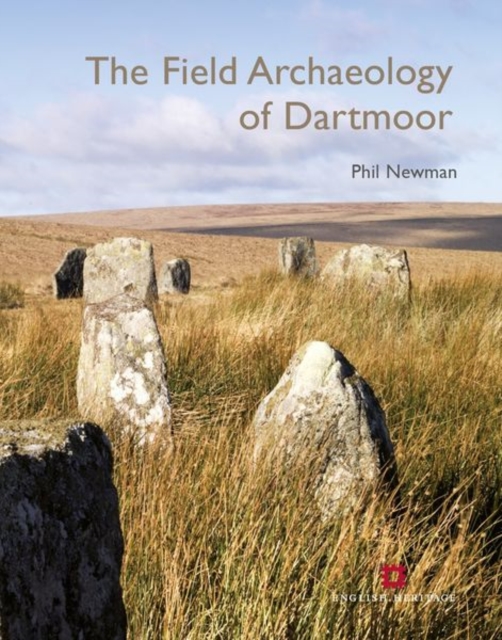
The Field Archaeology of Dartmoor Paperback / softback
by Phil Newman
Paperback / softback
Description
The modern visitor to Devon, travelling west into the region, is greeted by a panorama of the high ground and rocky outcrops of Dartmoor.
In a county renowned for its 'rolling hills', Dartmoor's high moors, topped by granite tors, preside over the massive folds of its peripheral valleys, incised by the fast-moving moorland rivers and streams as they flow towards the hinterland. Dartmoor was designated as one of England's first National Parks in 1951.
It is this natural beauty and tranquil, rural landscape that initially attracts visitors, but a fuller appreciation of this landscape is enhanced by knowledge of its cultural past. Dartmoor is southern England's largest upland tract, often promoted as 'England's last wilderness'.
Nevertheless it is a maintained landscape. Its management began with traditional forms of hill farming and woodland management in the Neolithic, and continues to the present day. The Field Archaeology of Dartmoor describes and narrates Dartmoor's landscape history from 4000 BC to the present, analysing and summarising archaeological and historical studies from the 19th century onwards. A brief section describes Dartmoor's geological shape.
Then its prehistoric settlement, Romano-British organisation, medieval character and early tin industry are described in turn.
Next, Dartmoor's 19th- and 20th-century industrial landscape and heritage (tin, copper, silver-lead and China clay), and how they co-existed with traditional forms of upland farming, are described.
Subsidiary industries (peat, gunpowder mills, ice works and tramways) and the moor's use for military training bring the narrative up to the present. A concluding summary assesses Dartmoor's history and ponders its future.
Information
-
Item not Available
- Format:Paperback / softback
- Pages:276 pages, 224 Illustrations, unspecified
- Publisher:Historic England
- Publication Date:30/06/2011
- Category:
- ISBN:9781848020337
Information
-
Item not Available
- Format:Paperback / softback
- Pages:276 pages, 224 Illustrations, unspecified
- Publisher:Historic England
- Publication Date:30/06/2011
- Category:
- ISBN:9781848020337






